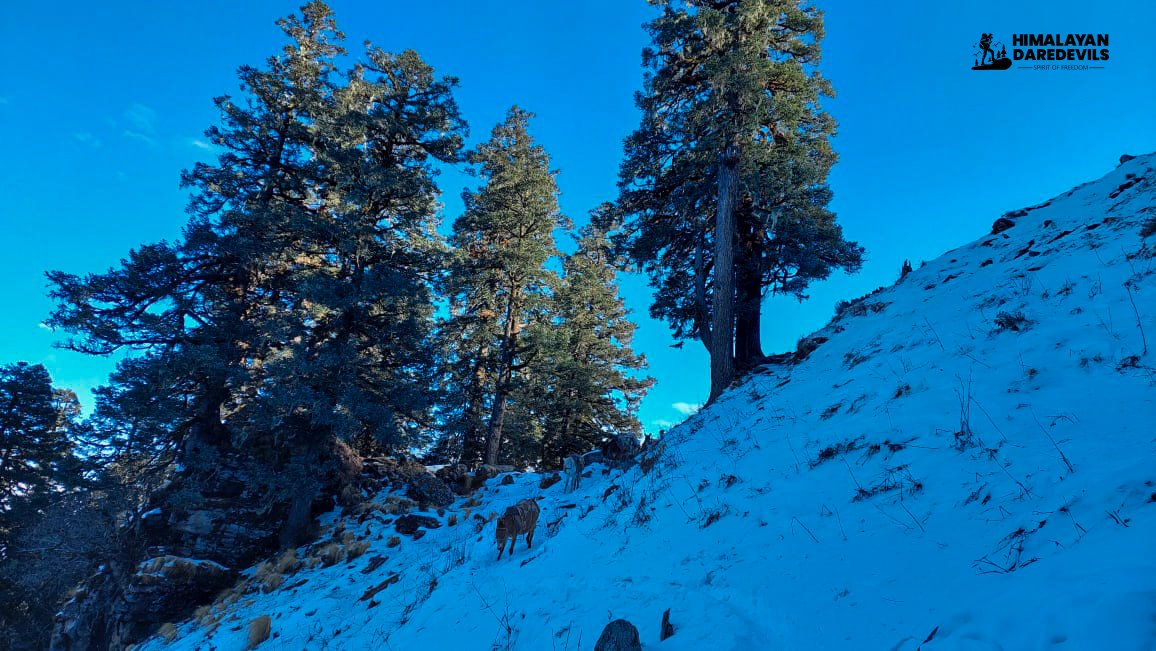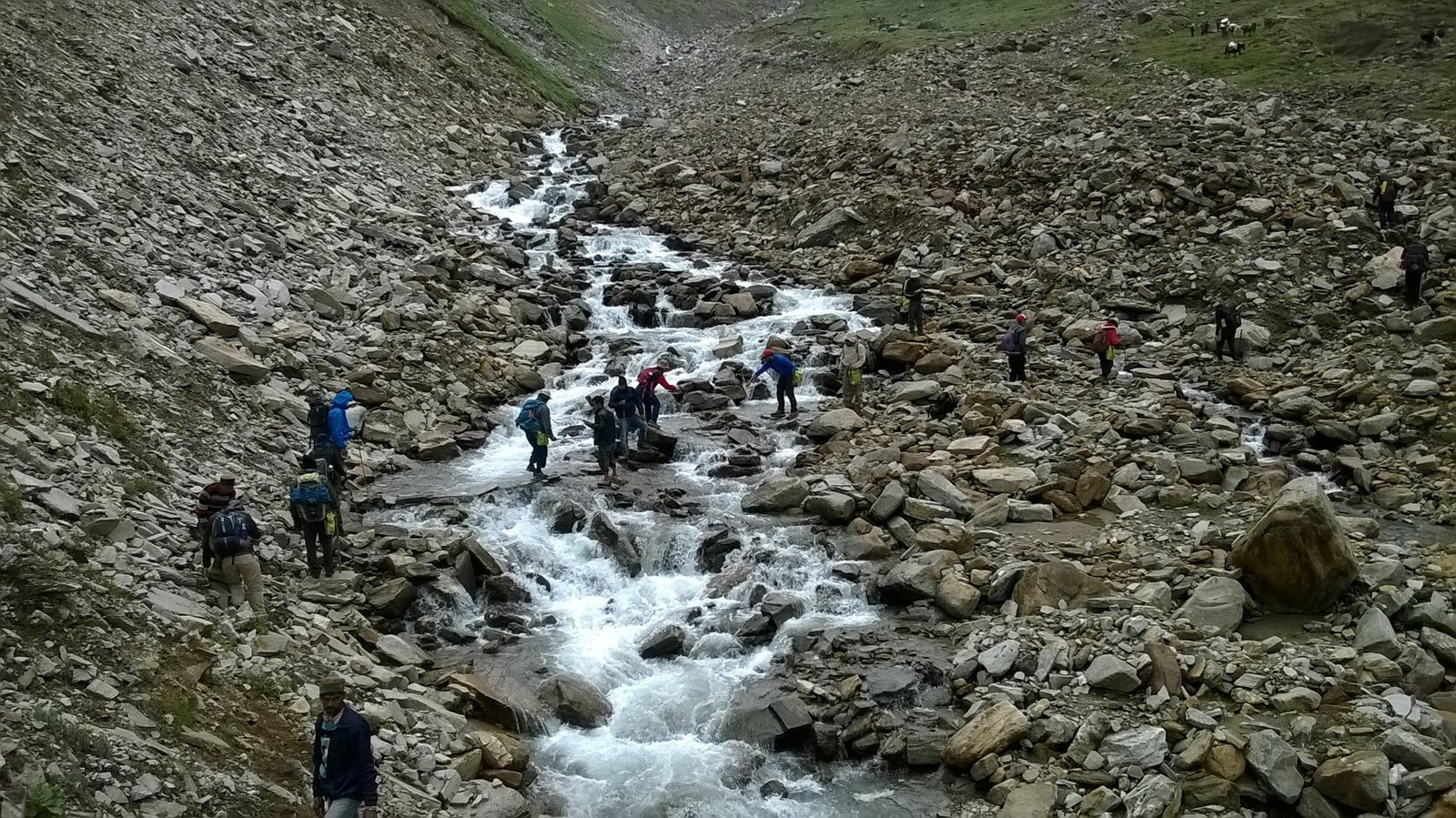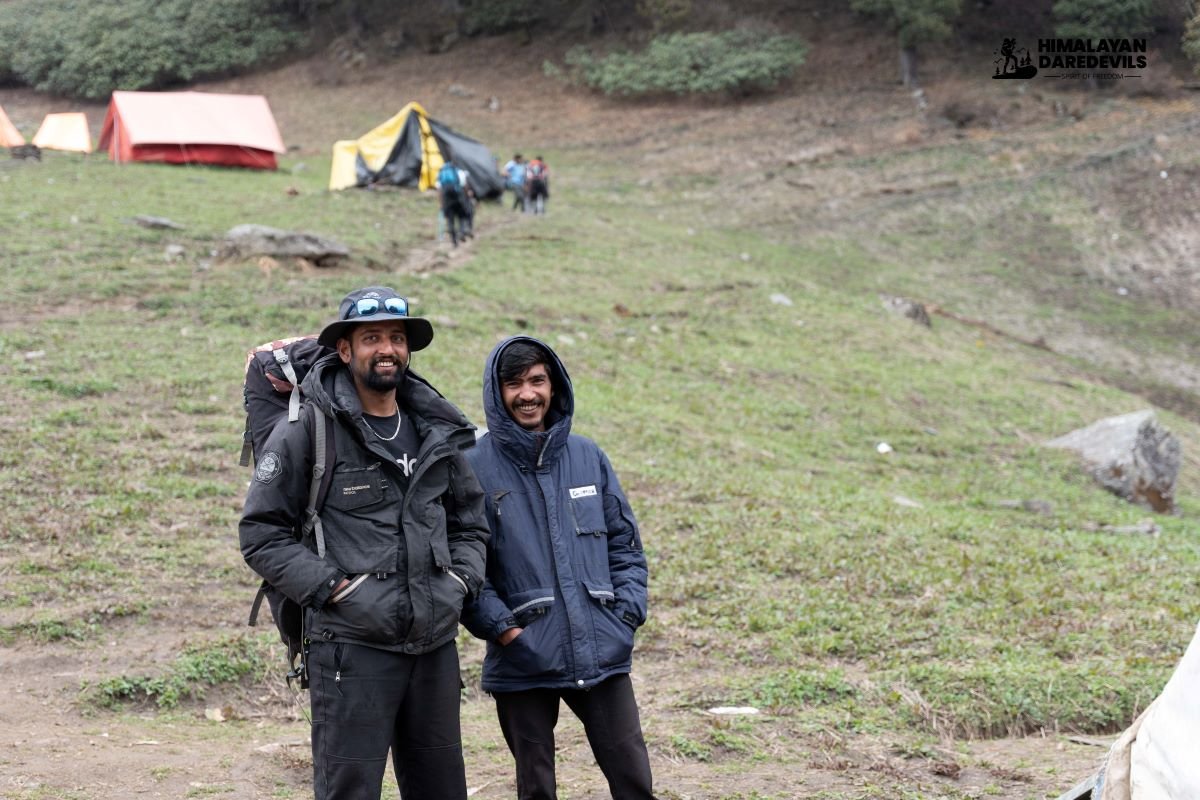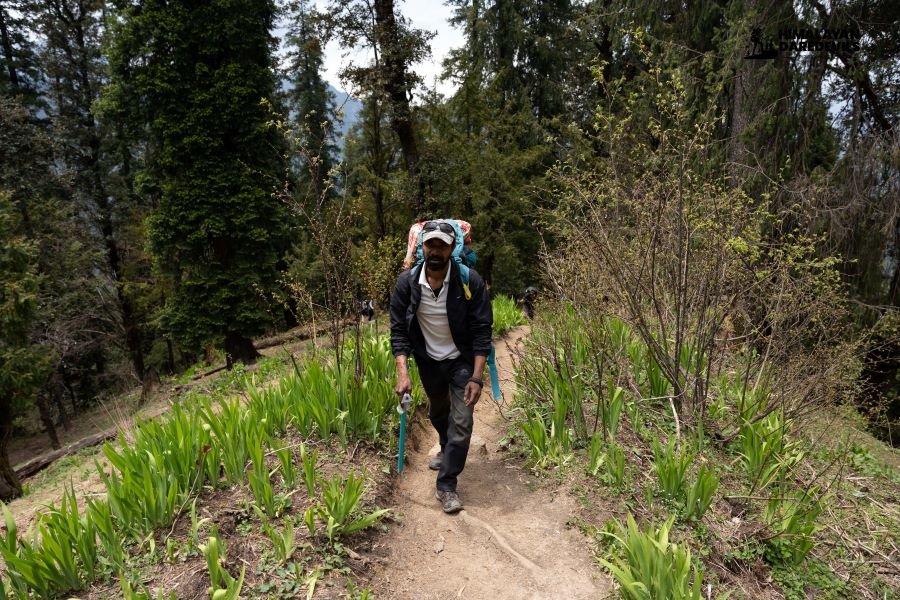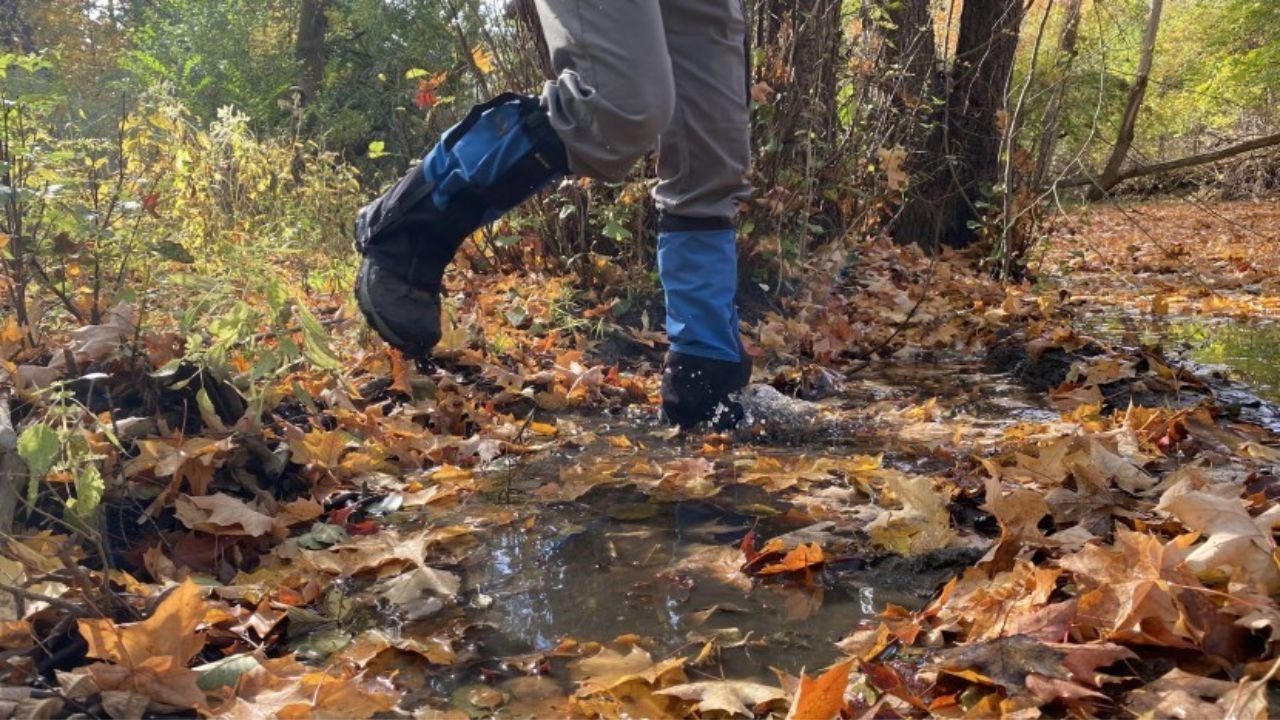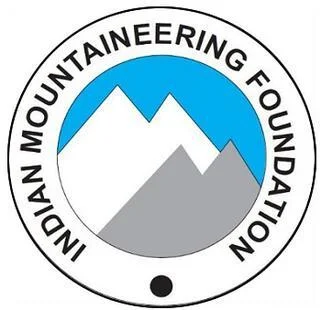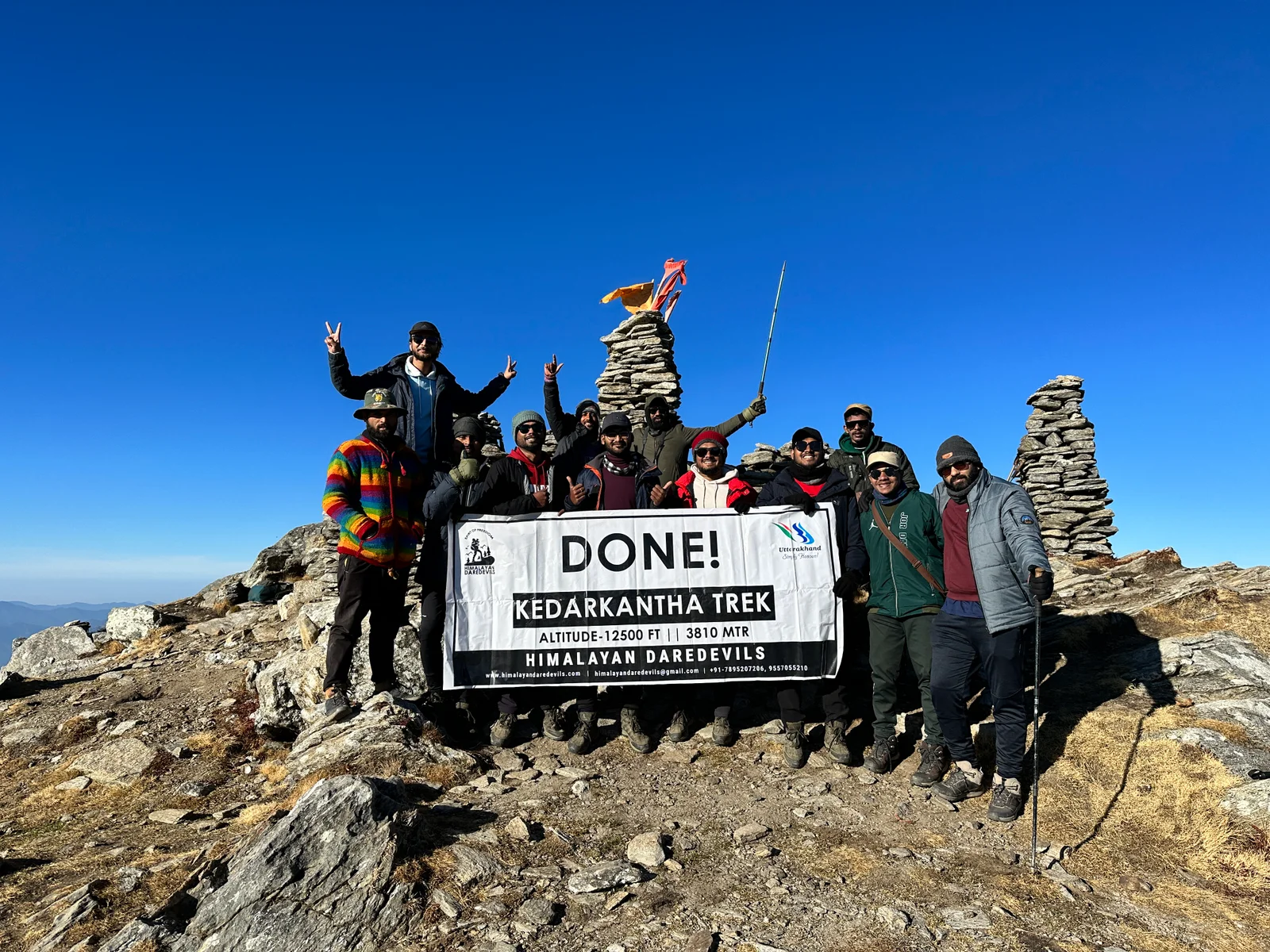Starting From
67,848
58,999.00
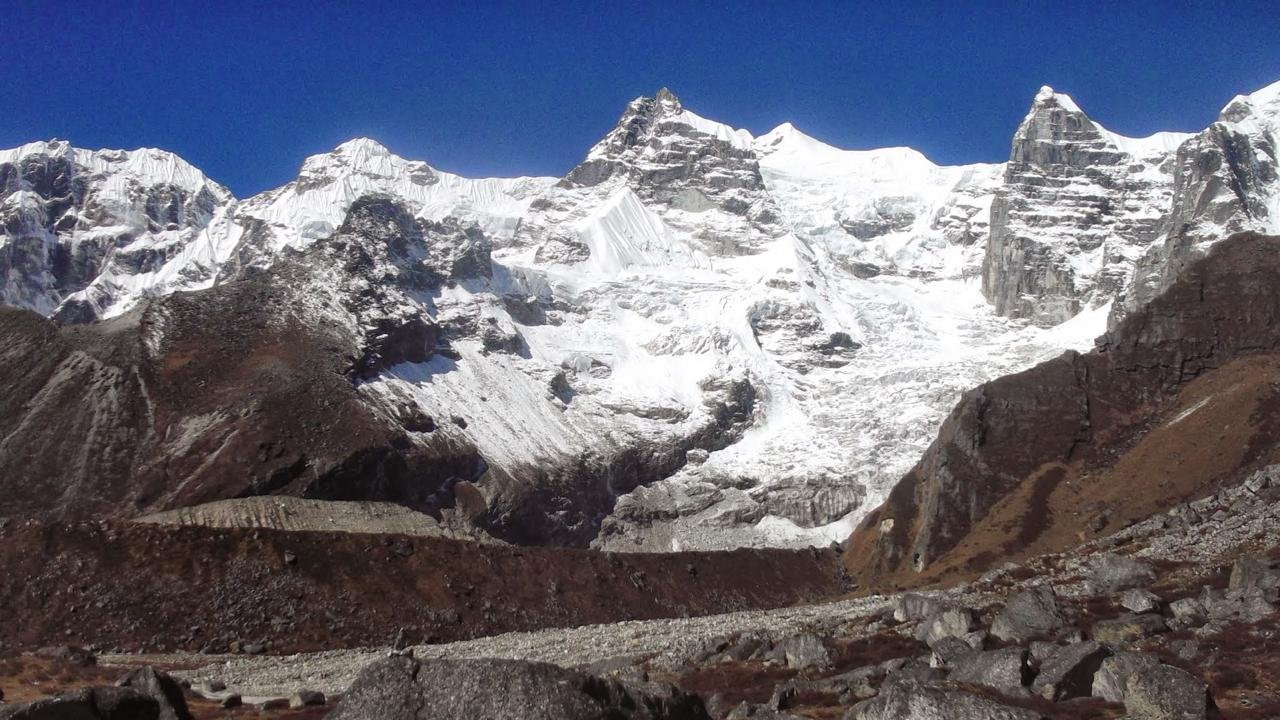
Starting From
67,849
58,999.00
Starting From
67,849
58,999.00
Swargarohini Base Camp Trek (310+ Reviews)
Base camp trek
Dehradoon Railway Station
Jolly grant Airport - Dehradoon
Joshimath
May, June, September, October
Joshimath to Badrinath
Veg
Guesthouse / Camping tent
Uttarakhand
13 Days
Difficult
17,987 feet
78 Km
Overview
Swargarohini Trek is a mountain group of four peaks in Garhwal Himalayas of Uttarakhand. It is known as “Way to Heaven.” Altitude is -17,987 feet located at Chamoli district in Uttarakhand
The Swargarohini trek via Badrinath is an adventurous journey that takes you through the picturesque landscapes of the Garhwal Himalayas in Uttarakhand, India. Here are the details regarding the history, location, and altitude of the Swargarohini trek via Badrinath:
- History: The Swargarohini trek has historical and mythological significance. According to Hindu mythology, it is believed that the Pandavas, from the epic Mahabharata, ascended to heaven (Swarga) from this region. Swargarohini, which means “the path to heaven,” is named after this mythological event. The trekking route has been frequented by pilgrims and trekkers for centuries, offering an opportunity to experience the beauty of the Himalayas and connect with nature.
- Location: The trek via Badrinath typically starts from the town of Badrinath, a revered Hindu pilgrimage site situated in the Chamoli district of Uttarakhand. Badrinath is nestled in the Garhwal Himalayas at an altitude of approximately 3,100 meters (10,170 feet) above sea level. It is surrounded by snow-capped peaks and lush green valleys, making it an ideal base for various treks, including the Swargarohini trek.
- Altitude: The altitude of the Swargarohini trek via Badrinath varies throughout the journey. The highest point of the trek is Swargarohini Peak itself, which stands at an elevation of approximately 6,252 meters (20,512 feet) above sea level. However, the trek involves ascending and descending through different altitudes, including alpine meadows, forests, and high passes. Trekkers usually camp at various altitudes along the route, acclimatizing themselves to the changing elevation.
- Route: The route from Badrinath typically follows a path that passes through Mana Village, the last inhabited village near the Indo-Tibetan border. From Mana Village, trekkers proceed towards Vasudhara Falls, a majestic waterfall believed to have connections to Hindu mythology. After enjoying the beauty of Vasudhara Falls, the trek continues towards Swargarohini Base Camp, offering panoramic views of the surrounding Himalayan peaks. Finally, trekkers attempt to summit Swargarohini Peak, which requires technical skills and proper equipment due to its high altitude and challenging terrain.
Overall, the Swargarohini trek via Badrinath offers a blend of natural beauty, cultural heritage, and spiritual significance, making it a memorable and rewarding adventure for trekkers seeking to explore the Himalayas.
Itinerary
Today start your journey with team Himalayan Daredevils from Rishikesh, The drive to Joshimath is 10/11 hours long, along the sacred rivers – Alaknanda, Mandakini and Ganga. Devprayag is en route at the confluence of river Bhagirathi and Alaknanda. This is beautiful place The journey won’t get boring because there are sudden changes in the scenery as you go further. Reach Joshimath base camp , relax in a hotel, in the evening you can explore nearby areas. Get back, have dinner and enjoy comfortable stay in the hotel.
-
After breakfast drive to Badrinath – check –in hotel explore day at Badrinath join evening arti darshan – dinner overnight stay hotel.
-
Post breakfast the drive is towards the last village Mana, trek starts from there. After a short trek you will get the sight of Vasudhara falls which lies opposite Alaknanda River’s bank. Ascent gradually till Somtoli meadows and cross landslide prone area, now shepherd huts are visible.
Go through boulder zone to reach the campsite, there are Bhojpatra trees in abundance. The surroundings are beautiful with sight of Alkapuri glacier which lies on the opposite side. Setup your camps and retire for the night.
-
The trek is challenging today, head from Laxmi Van towards Chakrateerth. The ascent is sheer through scree and boulders to “Sahastradhara” which means “Thousand waterfalls”. After you climb up the valley this place offer views of Chaukhamba peaks, Balakun and Neelkanth.
Ahead cross a narrow stream and walk on the levelled ground. Now, start the steep climb, now a short trek will lead you to Chakrateerth campsite. Setup your camps and retire for the night.
-
Start the trek early today because you will be crossing some tricky sections on the trail. Ascent to the ridge’s high point and trek along the glacier to reach serene triangular “Satopanth Lake”. Get impressive views of Chaukhamba peaks and Neelkanth Mahadev.
The surroundings are beautiful, explore and relax there for some time. Setup your tents there and retire for the night.
-
Wake up and witness the Chaukhamba peaks turning golden at the time of sunrise. After breakfast start the trek towards Chandrakund and see some rooms made of stones where saints live permanently.
The trail gets narrow and on one side is crevassed Satopanth glacier and on other side is the barren land. Walk very carefully while crossing this region because a single mistake can be very dangerous.
Reach Chandartal, it is a small Lake where the water level increases and decreases from time to time. It is believed that Lord Chandrama meditated here and at the day of Purnima (full moon night) this Lake remains full of water.
-
Start the day early and head towards Suryakund, walk on the edge of mountain, go through the moraine area and boulder zone. Get the clear view of entire Chaukhamba peaks and Kuber Parvat. Setup your camps and retire for the night.
-
Today go for short hikes, explore the area and rest for the day. Enjoy the night here.
-
From Suryakund to Swargarohini Glacier, it is a steep incline and on the way are crevasses. The trek through boulder and moraine area is a tough one but the excellent and close views of high peaks are totally rewarding.
Reach the Swargarohini Glacier, above lies Swargarohini peaks “Char Singh” “Way to Heaven”. From here 3 steps of stairs are, they are believed to be total 7 but all of them are not visible due to the clouds.
This glacier is less crevassed and is in better condition than the other glaciers. Setup your camps in a suitable place, have food and retire for the night.
-
After breakfast follow the same route and get back to this mystical Lake. Satopanth Tal overnight stay camp
-
Get back to Laxmivan via Chakrateerth, descending takes less time but be careful while the descent because some sections are tricky.
Reach Laxmi Van, setup your camps, have sumptuous food after this tiring trek and retire for the night.
-
Descent towards Mana village and you can reach there in 3 hours. From Mana the drive is towards Badrinath, arrangements will be made in a hotel there. Evening going to Badrinath ji darshan
-
Post breakfast leave for Rishikesh, have your lunch en route and reach there in the evening. 8 pm
Swargarohini Base Camp Trek Map

Inclusions
Exclusions
1. Meals while on trek (Veg. + Egg).
2. All necessary entry fees and permits.
3. Accommodation: - Guest house, Home stay, camping during Trek.
4. Mountaineering qualified & professional trek Leader, guide, cook and Support staff.
5. First aid medical kits, stretcher and oxygen cylinder.
6. Trek equipment: Sleeping bag, mattress, tent, kitchen & dining tent, toilet tent, utensils and crampon (if required)
7. Staff Insurance.
8. Porters/mules to carry central equipment.
1. Any kind of personal expenses.
2. Food during the transit.
3. Mules or porters to carry personal luggage.
4. Insurance.
5. Any kind of emergency evacuation charges
6. Anything not specifically mentioned under the head.
7. Transport (Non Ac)
8.Any expense incurred or loss cost by reasons beyond our control such as bad weather, natural calamities (landslides, floods), flight delays/rescheduling/ cancellations, any accidents/medical evacuations, riots/strikes/war/pandemics etc.
9. 5% GST
1. Meals while on trek (Veg. + Egg).
2. All necessary entry fees and permits.
3. Accommodation: - Guest house, Home stay, camping during Trek.
4. Mountaineering qualified & professional trek Leader, guide, cook and Support staff.
5. First aid medical kits, stretcher and oxygen cylinder.
6. Trek equipment: Sleeping bag, mattress, tent, kitchen & dining tent, toilet tent, utensils and crampon (if required)
7. Staff Insurance.
8. Porters/mules to carry central equipment.
1. Any kind of personal expenses.
2. Food during the transit.
3. Mules or porters to carry personal luggage.
4. Insurance.
5. Any kind of emergency evacuation charges
6. Anything not specifically mentioned under the head.
7. Transport (Non Ac)
8.Any expense incurred or loss cost by reasons beyond our control such as bad weather, natural calamities (landslides, floods), flight delays/rescheduling/ cancellations, any accidents/medical evacuations, riots/strikes/war/pandemics etc.
9. 5% GST
What to carry
1.Trekking shoes: A good pair of trekking shoes is essential for a comfortable and safe trek. Look for shoes that are sturdy, provide good ankle support, and have a good grip on different types of terrain.
2. Backpack with rain cover (50-60): A backpack is necessary to carry all your gear. Make sure it's the right size for your trek, and comes with a rain cover to keep your belongings dry in case of rain.
3. Thermals (upper and lower): Thermals are lightweight and comfortable base layers that help regulate your body temperature in cold weather. Bring both upper and lower thermals to keep warm.
4. 3 T-shirts (advisable quick dry): Choose quick-drying T-shirts made from breathable and moisture-wicking materials. This will help keep you cool and dry during your trek.
5. 2 trek pants: Choose lightweight and comfortable trek pants that are easy to move in and can dry quickly if wet.
6. Jacket (-10 degree): A warm jacket is essential for cold weather. Choose a jacket that is waterproof and windproof, and provides good insulation.
7. Fleece or hood (2): Fleece jackets or hoodies are great mid-layer options to keep warm. Bring at least two, as they can also be used as an extra layer at night.
8. Sunglasses (UV protected): Protect your eyes from the sun's harmful UV rays with sunglasses that are designed for outdoor activities.
9. Sun cap: A sun cap or hat with a brim will protect your face and neck from the sun.
10. Hand gloves: Bring a pair of lightweight gloves to keep your hands warm and protected from wind and sunburn.
11. Woolen cap: A woolen cap will keep your head and ears warm at night or in cold weather.
12. Socks (3 pairs min): Bring at least three pairs of good quality socks that are moisture-wicking and provide good cushioning and support for your feet.
13. Headlamp: A headlamp will come in handy if you're hiking in low-light conditions or need to find your way in the dark.
14. Trekking pole (if needed): Trekking poles can help reduce strain on your legs and provide additional support on steep terrain.
15. Rain cover / poncho: A rain cover or poncho will keep you and your gear dry during unexpected rain showers.
16. Day pack (if you plan to offload your bag): If you plan to offload your backpack during the trek, bring a smaller day pack to carry essentials like water, snacks, and a first aid kit.
17. A toiletry kit: Bring a small kit with personal hygiene items, such as a toothbrush and toothpaste, wet wipes, hand sanitizer, and toilet paper.
18. Lunchbox, cup, spoon: If you plan to bring your own food, bring a lunchbox, cup, and spoon to carry and eat your meals.
19. 2 one liter bottles: Staying hydrated is crucial, so bring at least two one-liter bottles to carry water.
20. 2-3 plastic covers to keep your wet or used clothes: Plastic bags are useful for keeping wet or dirty clothes separate from the rest of your belongings. They can also be used to pack out any trash or waste you generate during the trek.
How to reach
Reach Rishikesh: Rishikesh is a well-connected city in Uttarakhand, India, and serves as the gateway to many Himalayan destinations. You can reach Rishikesh by air, rail, or road. The nearest airport is Jolly Grant Airport in Dehradun, which is about 35 kilometers from Rishikesh. Rishikesh also has a railway station with good connectivity to major cities in India. You can also opt for a road journey via buses or private taxis to reach Rishikesh.
Travel to Joshimath: From Rishikesh, you need to reach Joshimath, which is the nearest town to Govindghat. There are several options to travel from Rishikesh to Joshimath:
By Road: You can hire a taxi or take a shared cab from Rishikesh to Joshimath. The distance is approximately 250 kilometers, and the journey usually takes around 8-9 hours, depending on the road conditions.
By Bus: Regular bus services are available from Rishikesh to Joshimath. You can inquire at the Rishikesh Bus Stand for the schedule and book your ticket accordingly.
By Shared Jeep: Shared jeeps or maxi cabs are a popular mode of transport between Rishikesh and Joshimath. You can find them near the Rishikesh Bus Stand or inquire at local travel agencies.
Fitness and preparation guide for Swargarohini Base Camp Trek
FAQ
.
Cancellation policy
Life is unpredictable and we understand sometimes you have to cancel or change your trip dates and it is our endeavour to make it as easy possible for you. However, please understand we plan everything including guide fees, permits, accommodation and ration in advance. Therefore any cancellation means inconvenience and certain losses to the people involved in various stages of programme. Keeping that in mind, our cancellation charges are as below-
Cancellation prior to 30 days from start of the event: Get monetary refund with 15% of cancellation charges on trek fee.
Cancellation between 30 days and 15 days to the start of event: 50% on trek fee is non refundable and the remaining 50 % will be given as cash voucher which is valid for 1 year.
Cancellation less than 15 days to the start of event: No refund.
Please note cancellation will be only accepted by email.
Booking amount is non refundable
Note: The Himalayan Daredevils reserves the right to cancel a programme before departure in the event of logistical problems arriving due to natural calamities, strikes, wars on any other circumstances that makes the event inadvisable. In this case, 50% on trek fee is non refundable and the remaining 50 % will be given as cash voucher which is valid for 1 year.
Itinerary changes & trip delays:
We plan itineraries based on the information at the time of planning and in rare circumstances, there are subject to change. In the event that the itinerary is changes or delayed due to unforeseen circumstances such as bad weather conditions, transportation delays, government intervention, landslides etc. We will always aim to give you the best experience possible. However The Himalayan Daredevils are not be held responsible for the cost of delay or changes.
Why Choose Us
Our Best Performance
50,000+
Trekkers
PAN India Treks
250+
Treks
Professional
and Experienced Staff
Best
Grade Equipment
Well Organised
Trek Itineraries
Related Blogs
